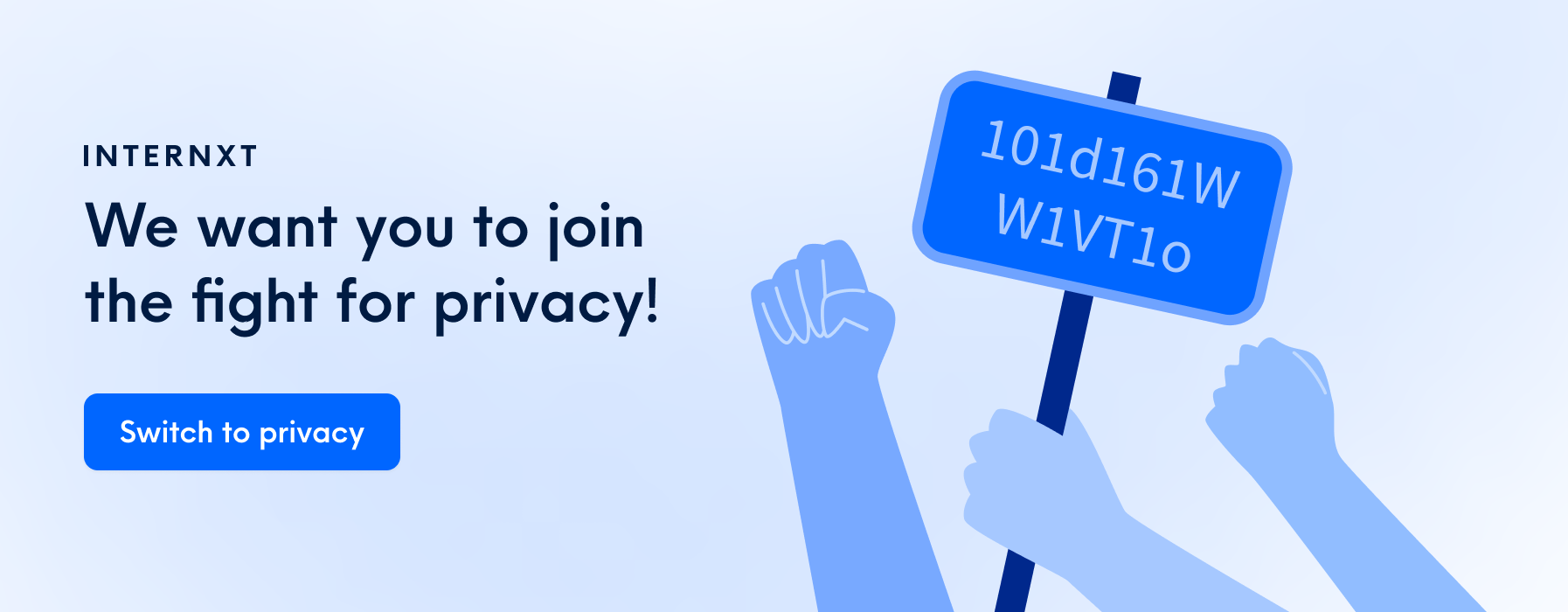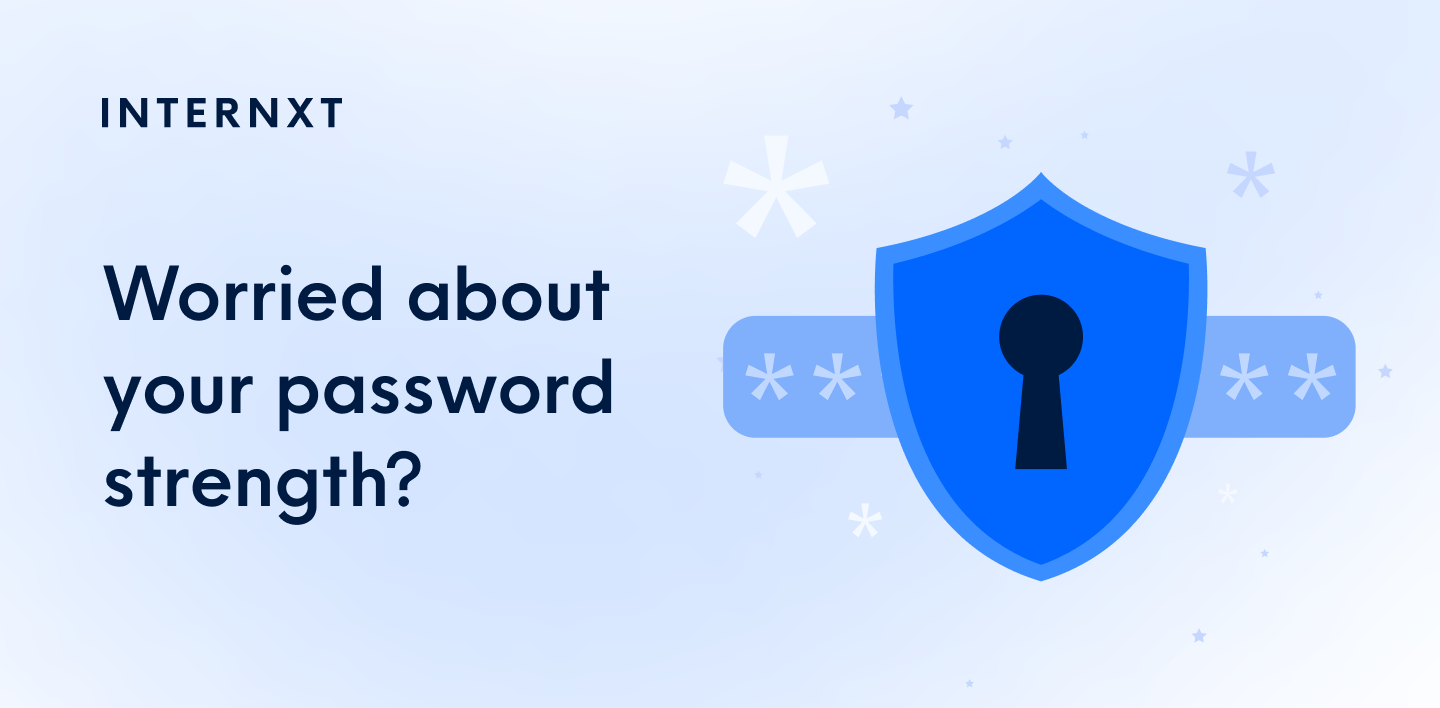Internet Safety for Kids: How to Keep Your Children Safe Online

The world wide web is a wild and dangerous place. There’s a lot of inappropriate content and, worse, persons who may have ill intentions toward your children.
So, as a vigilant parent or guardian, how can you ensure the safety of your kids in this digital wilderness? Look no further than the solution to download a fast VPN for Android or iOS onto their devices. By taking this proactive step, you equip your children with a powerful tool that can make a world of difference.
But this is just the first line of defense against all the threats online. Parents and guardians need to set up more extensive protective measures and controls. To help you make information-based decisions, we’ll comprehensively discuss all aspects of internet safety for kids.
What Are Kids Doing Online Nowadays?
The very first step to keeping children safe online is understanding how they’re interacting with the online world. The next is where.
According to an article published by ConsumerNotice.org, an organization that educates the public on digital security as one of its objectives, kids mostly access the internet through their phones. Based on the devices used, we can surmise that kids want some level of privacy.
But what exactly do they do? The same things that adults are doing!
Like you, they also use the internet mainly to:
- Talk to their friends
- Explore their interests
- Satisfy their curiosity
- Complete transactions (whether in a game or in the form of digital payment)
Why Is Internet Safety Such a Big Deal?
Internet-capable devices are more available now than ever, even to very young children. They might be even better than your average adult at effectively navigating the world wide web for their own purposes.
Some may see their prowess in using technology to be a good thing. But for us, it makes their internet safety even a more pressing matter.
Imagine a five-year-old who fully understands the mechanics of driving a car. Would you trust them to go out on the freeway?
Knowing how to use various technologies may be necessary, but it’s not enough. Many kids still don’t have the maturity to handle the dangerous situations they may encounter. And because they’re so great at exploring the internet, chances are a potential security threat is just around the corner.
What Dangers Do You Need to Protect Them From?
Without guidance from adults, children may be at a greater risk of falling victim to the following dangers:
Malware
Hackers are always working to exploit a weakness, get access to private info, and financially benefit from it. And the easiest target? Children; who have never encountered or even heard how malware works.
What is the worst thing that can happen? Identity theft.
If you share a device with your children, you’ll ultimately be the victim. They can use data obtained from phishing attempts to access your financial accounts and drain them. Some may also hold your info for ransom.
Cyberbullying
Even though the bully may just exist in the virtual world, the effects of cyberbullying are still very real. It’s hard to defend yourself from faceless strangers, which can make it even more frustrating for the victim.
The target of cyberbullying can suffer from physical, mental, emotional, and behavioral issues. And because it’s happening virtually, adults don’t usually find out about it until the damage has been done.
Non-Age-Appropriate Content and Entertainment
“Are you 18 or above?”
This question is something we usually see when visiting any age-restricted site like gambling. But sometimes, they don’t really verify if the site visitor (a.k.a. your kid) is really of age. As a result, they’re exposed to things that they don’t yet understand, like:
- Inappropriate language
- Violence
- Adult content
- Recreational drug use
How Can You Keep Your Kids Safe Online?
There is never a full guarantee that doing any of these will keep your children safe from all danger. But by following these tips, you’re vastly minimizing the odds that anything bad will happen:
Create Guidelines
As parents, it can be hard to toe the line between protective and paranoid. But one thing’s for sure: stressing about every little thing that can go wrong is highly counterproductive.
So instead of focusing on what could go wrong, help set them on the right path. The guidelines will be general rules that will apply in most circumstances. What you create will serve as their compass as they explore online.
For example, they shouldn’t send pictures of themselves to anyone outside the family. Or if a stranger tries to contact them, they should say no.

Supervise Their Internet Usage
You don’t have to hover over your kid while they’re talking to friends. The idea of supervising their internet activities is to help them learn what not to do. This is a great step to take when you start giving them more freedom.
So how exactly can you supervise? You can:
- Set time limits: This ensures that you can supervise them most of the time. Plus, it prevents them from using any device past bedtime.
- Keep internet usage in common areas: By doing so, it will be easier for you to detect red flags before they become bigger issues.
- Check their digital footprint: Periodically look at their posts on social media sites, and everywhere they visit with a communication platform.
There are also technologies that you can use to monitor their activities remotely. Just remember that this only works up until a certain age. If you continue to use tech to be a virtual helicopter parent, they’ll just find ways to hide their activity from you.
Monitor Your Child’s Behavior
A kid who has been exposed to some form of abuse will most likely change their behavior. Here are a few things to look out for:
- Attempts to hide their internet activities from you
- Using their devices significantly longer or shorter than usual
- Angry outbursts that are triggered by the smallest things
- Less engaged interaction with friends and members of your household
- Unexplainable negative general demeanor
These don’t necessarily mean that there’s abuse. But to put your mind at ease, you should still remove it as one of the possibilities.
Approve All Downloads
Do you just let your kids go wherever they want to?
Chances are you’ve told them ’no’ a couple of times because you didn’t think something would be good for them. The same applies to their downloads.
If you think a game won’t be a good influence, you’ll restrict access. You want to minimize their exposure to every danger out there. But if you don’t exercise some control over their downloads, you may not be able to do so effectively.
Also, pay attention to downloads that allow encryption and have messaging features. These are more likely to be the sources of phishing and scams.
Review Their Go-To “Places” on the Internet
As their parents, you should know which sites they are using when they go online. After all, how else can you determine whether or not these places are age-appropriate?
And think of it happening in the real world. If you want to find and monitor your kid, you’ll go to their usual places like their school or their friend’s house. Internet games and websites are their equivalent online.
But more than assessing whether or not these places are child-appropriate, you should also understand how they work. It’s easier to protect someone from something you understand.
Let’s say you found out that one of the topics users talk about in the site’s group chats is sex. Do you feel that your child is too young to be exposed to such conversations? Restrict them to only the safe parts of the site.
Know About Their Online Friends
Finding out about the people they interact with online doesn’t have to feel like a full-on investigation to them. If you don’t want to come off as prying, just try to insert it into a regular conversation.
Encourage your children to tell you about their day and their friends. But why do you want to know their business, anyway?
As mentioned in the earlier section, predators largely use the internet to find and groom their next victim. If there’s anything like that going on, you will want to nip it in the bud.
At a younger age, their online friends should just be people they know in real life. This way, you don’t have to worry that it’s just someone pretending to be a kid.
A Few Reminders When Implementing Internet Safety Measures
Just because you set rules for your kids based on our safety tips doesn’t mean that they’ll follow them. You can improve their acceptance of the measures you implement by trying these out:
Keep Communication Open
Communication is at the center of family internet safety. Despite all the technology and precautions out there, it’s most important that they understand why you have to set up safety protocols. So be open to questions.
Some kids may think it’s not fair that they’re not allowed to do what their friends can. It’s your job to explain to them your decision. You shouldn’t let resentment build because they might shut you out—that’s the opposite of what you want to happen.
You should always be a safe space for your children. If they’re comfortable talking to you, they’ll inform you of red flags on their own.
Different Safety Measures Apply to Different Ages
For older children, it may not be wise to ask them to only go online in public areas. This will meet a lot of resistance, for sure!
In the same way, you don’t want to give a toddler too much freedom on what they can watch on YouTube. You may unknowingly expose them to inappropriate content.
In the end, there are no set rules on how you should address safety issues. You’re the only one who can truly gauge which child internet protection protocols will work best.
Assess their understanding of privacy and security threats. Children who have a deeper appreciation of internet dangers are less likely to engage in dangerous behaviors online. After all, they know the potential consequences.
Don’t Make Safety Measures a Part of Their Punishment
It’s like threatening kids with a shot at the doctor’s office when they misbehave. Even though they actually need one, they may develop an adverse reaction to it.
You want them to participate fully, so don’t turn it into a punishment. Refer to it as a response to the danger instead of their action. This way, you’re framing it as you protecting them as a parent.
Have you started allowing your kids to use their phones in private? You can’t just take it back because they didn’t do their chores. Doing so will shatter the intended positive effects.

Internet Safety Is a Partnership!
As much as we want our kids safe, we can’t control their every behavior. So instead of merely imposing rules on them, make them an active participant. After all, kids will eventually learn how to manage and handle internet threats so it's important to keep your children safe.
Therefore, you shouldn’t focus too much on merely shielding them from every potential danger. You want to also prepare them to:
- Identify potential internet safety sources and issues
- Create healthy internet browsing habits
- Assess threat levels
- Find resources to help them with internet issues
And eventually, you’ll want them to be able to take care of themselves without your guidance at all. But in the meantime, we hope you get enough from this article to protect your children online.

